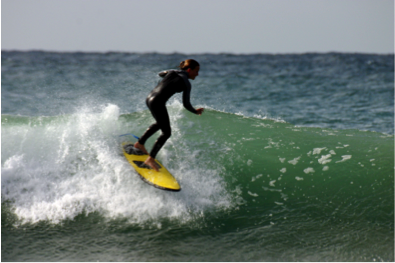Some Waves Should Never Be Ridden
You know, when a surfer enters the ocean each day they usually want to just “catch a few good ones”, as we say in Australia
Another way to think about catching good waves is to understand that some waves just weren’t meant to be ridden. That’s right, the wind or storm that created them, coupled with the bottom contour of the beach where they eventually break, didn’t give them the combined characteristics to make them worth riding. They break and surfers ride them, but not with much enjoyment.
And here’s the thing – a big part of consistently catching and riding good waves is learning to say “NO” to bad waves. That is, letting inferior waves pass you by and letting others ride those waves while you wait for the good ones.
Have you ever noticed that the best surfers in the water are usually catching and riding the best waves. This is not always about respect for their surfing ability from the other surfers, but more about those surfers knowing what waves they should paddle for, and what waves to say “No” to as waves approach them in the lineup. They just combine their surfing and selection abilities to maximize their free surfs on a daily basis.
So when you are waiting in the lineup for your waves, consider whether the waves approaching have “been made to be ridden”. You can tell this by a wave’s shape, size, and manoeuvre potential a wave offers the surfer. If it looks like it will closeout, is too small, or will not allow the surfer to perform a number of moves, then maybe it is better to let it go by un-ridden, as usually the wave behind is the wave that you can catch and ride to make the surfing experience that day worthwhile.
Martin Dunn can help surfers understand their surfing decisions and how to improve them through his website. Why not check it out today at www.martindunn.com.au
